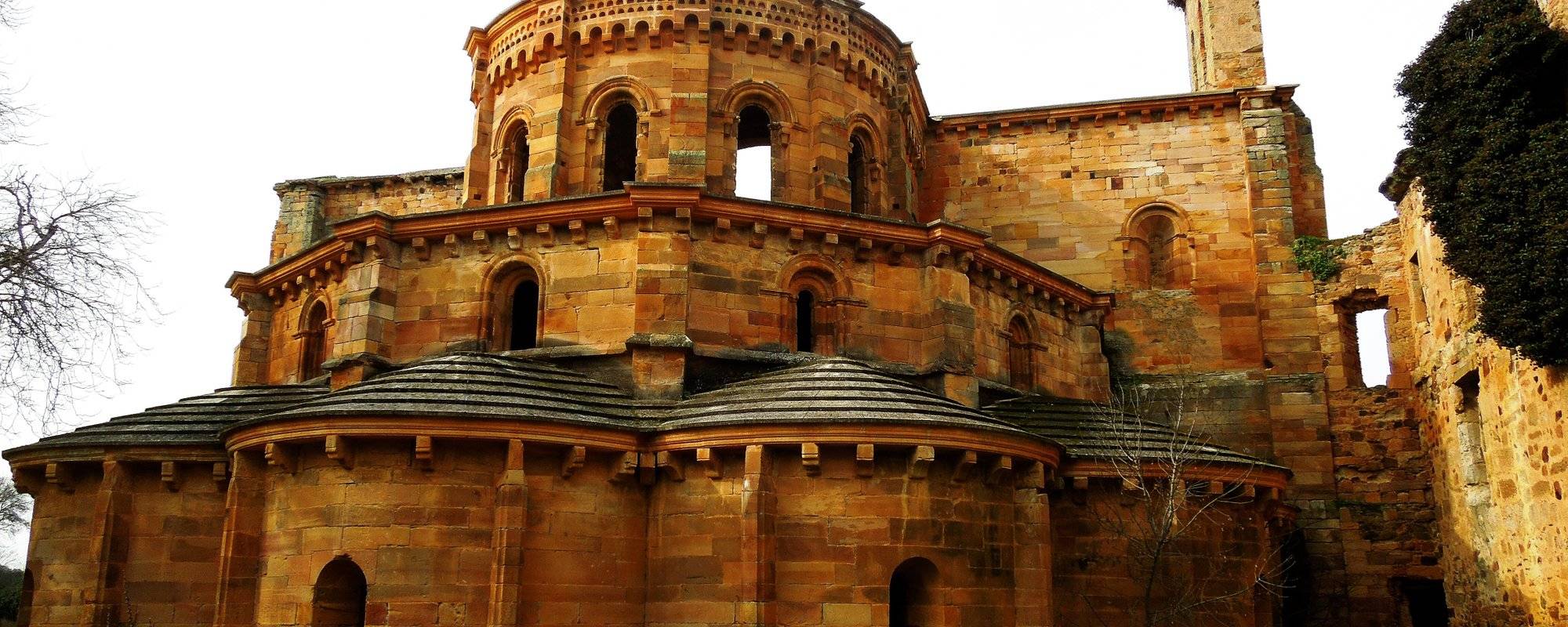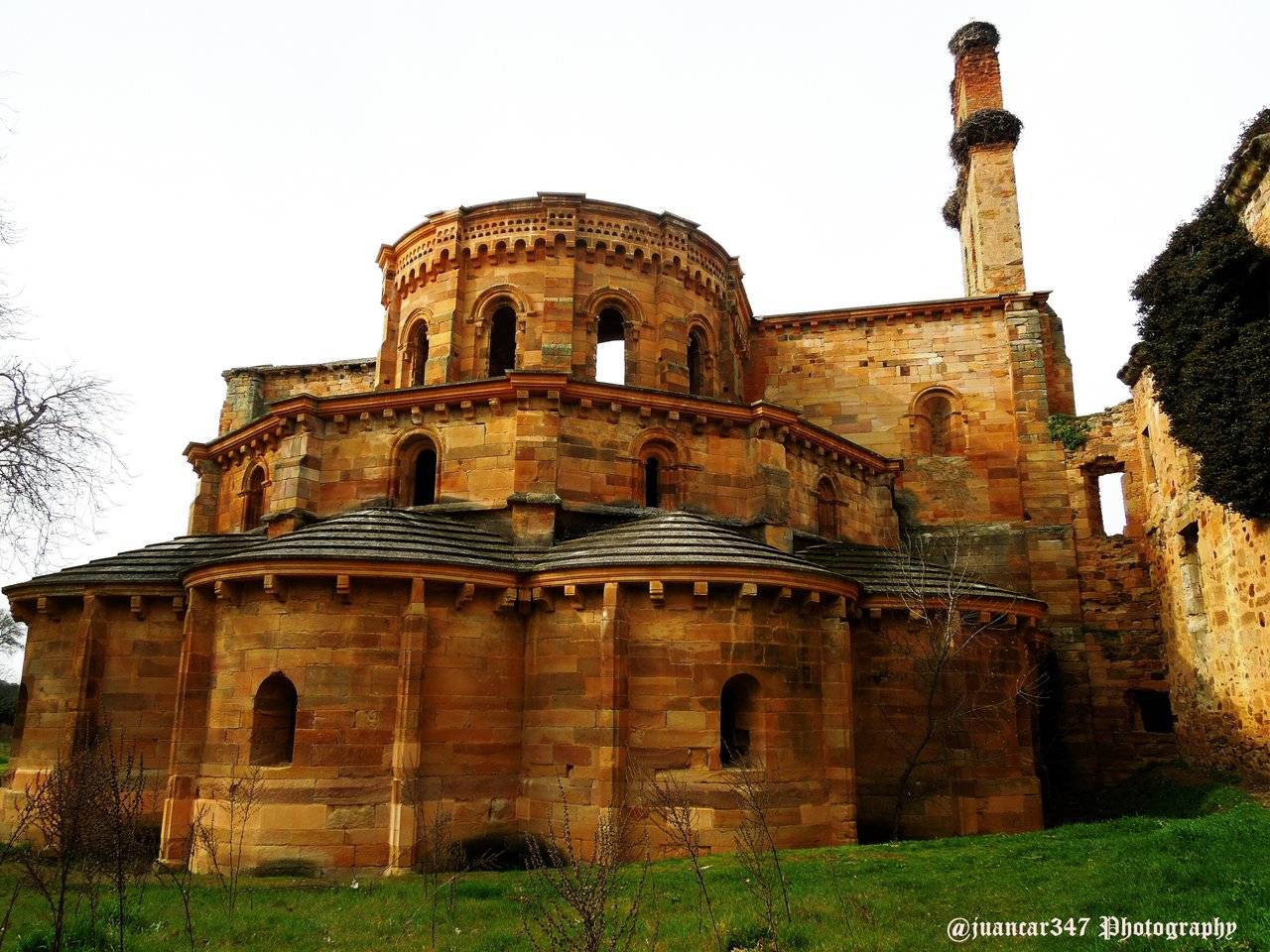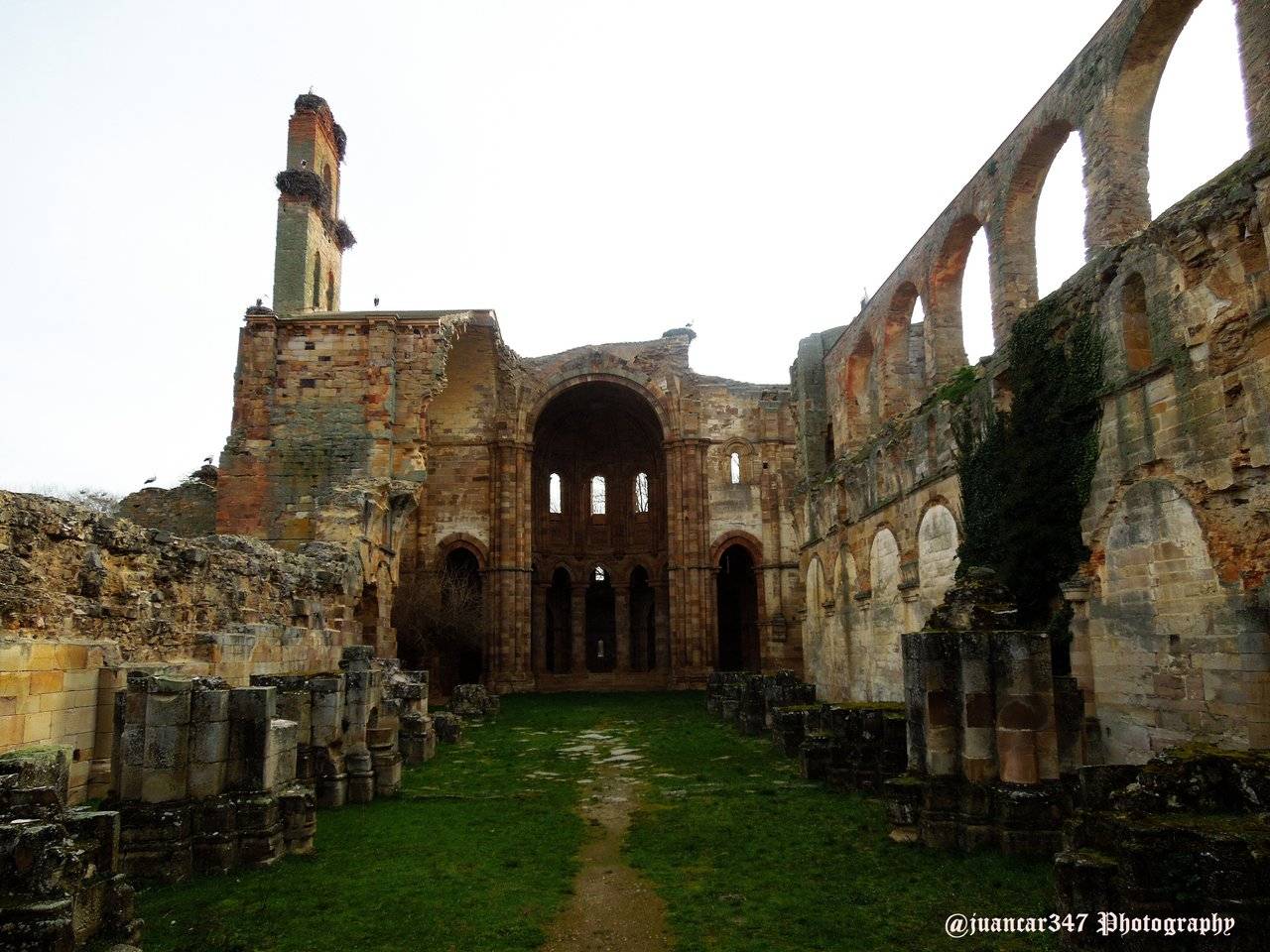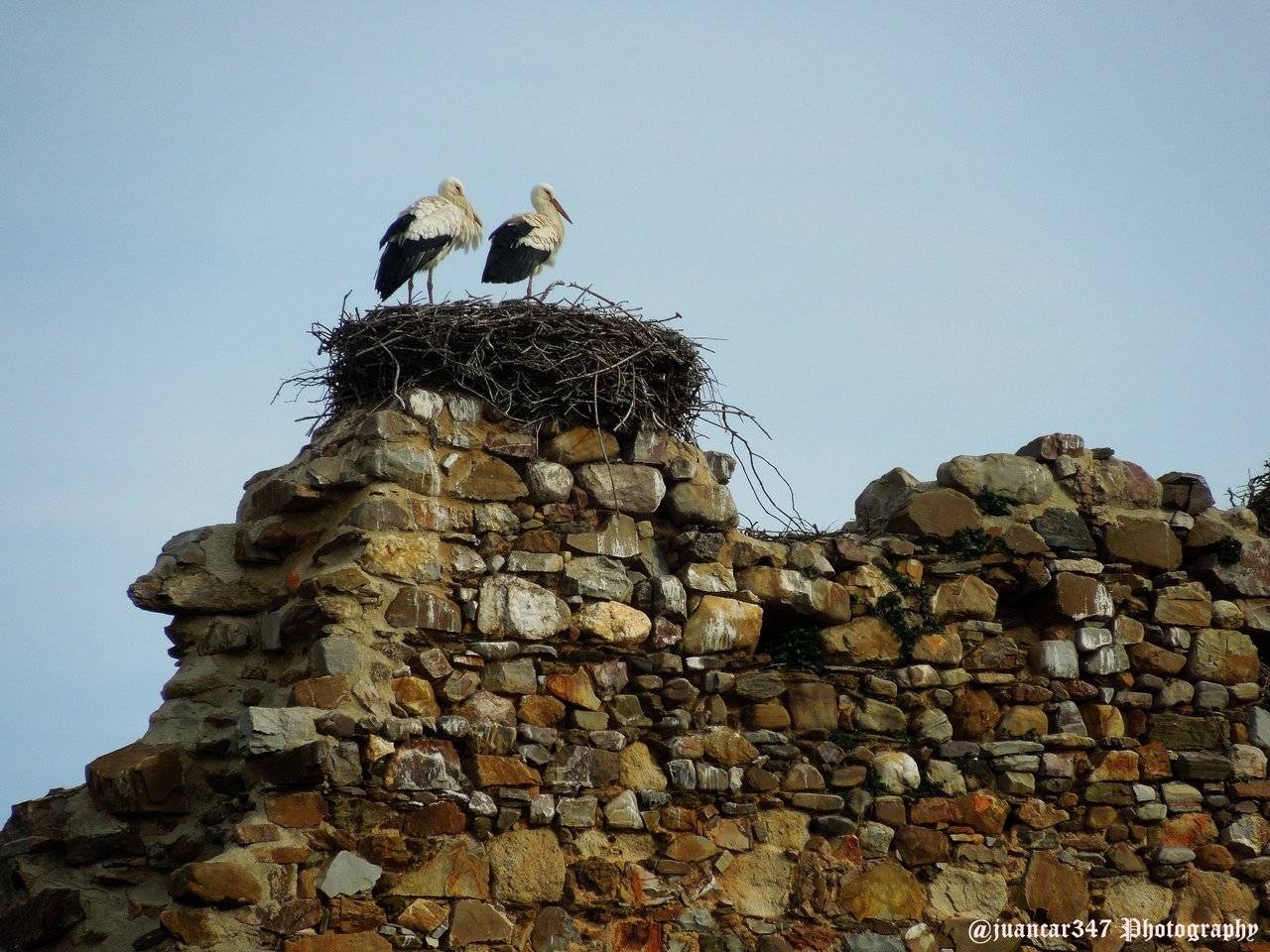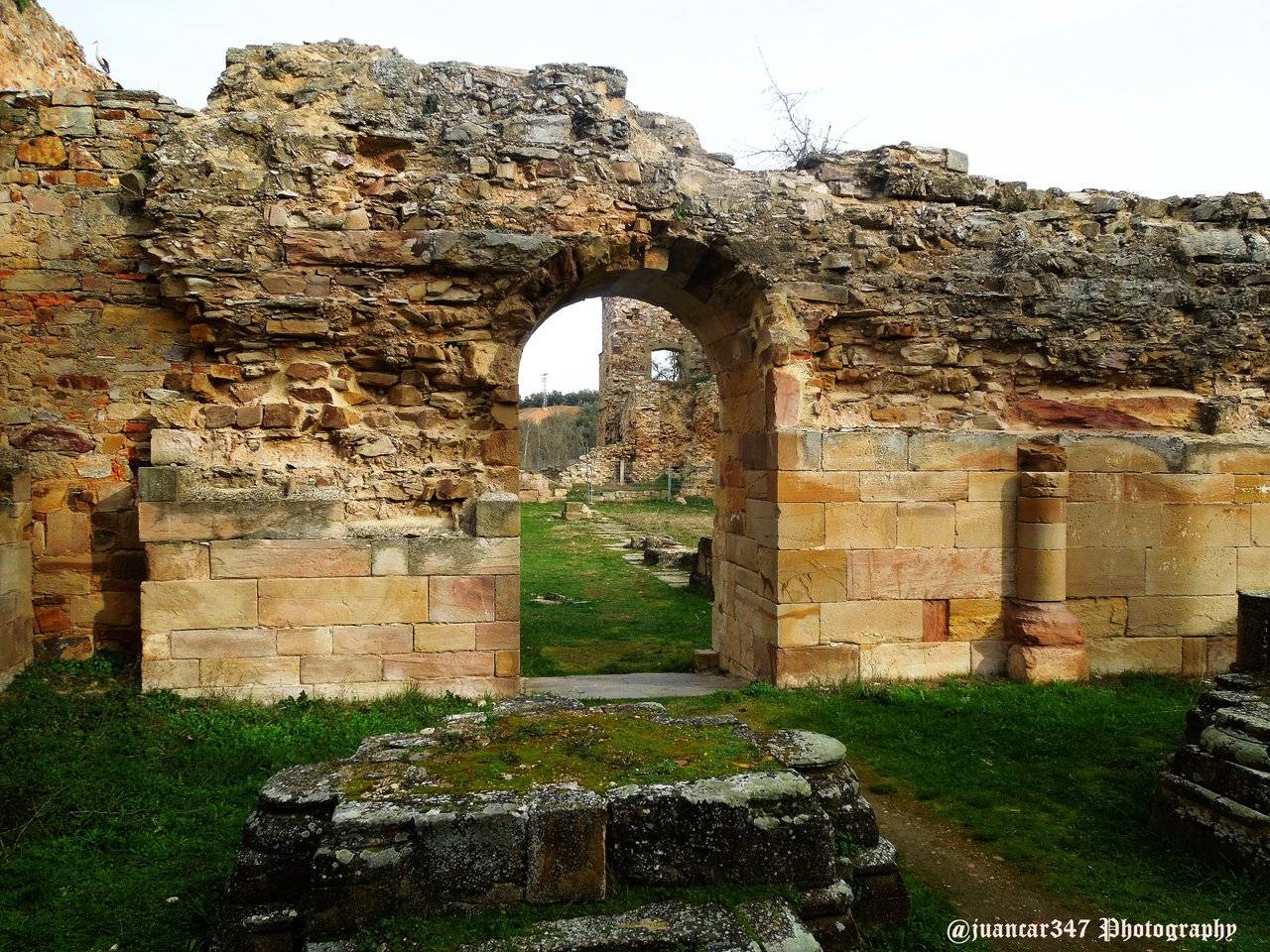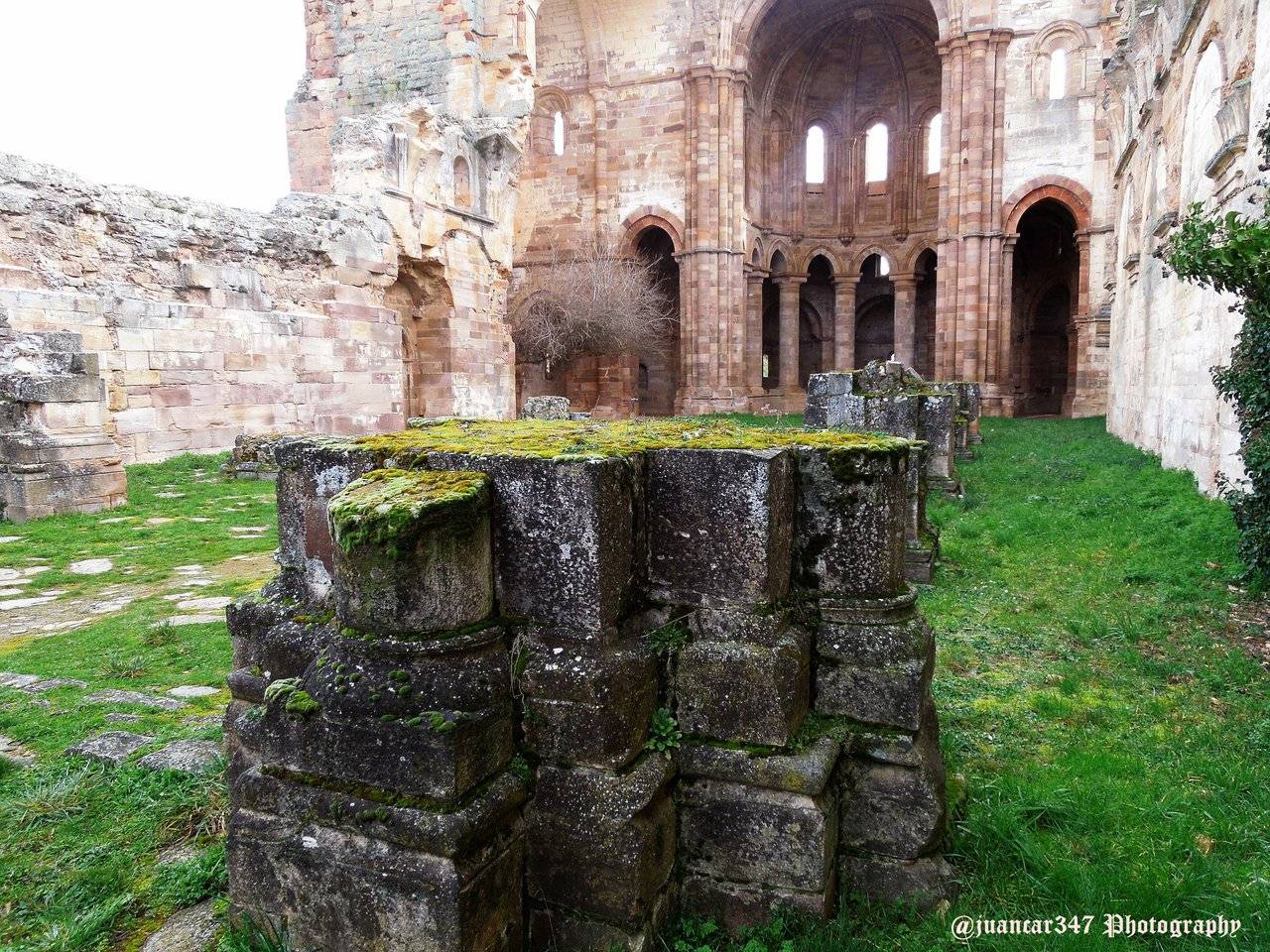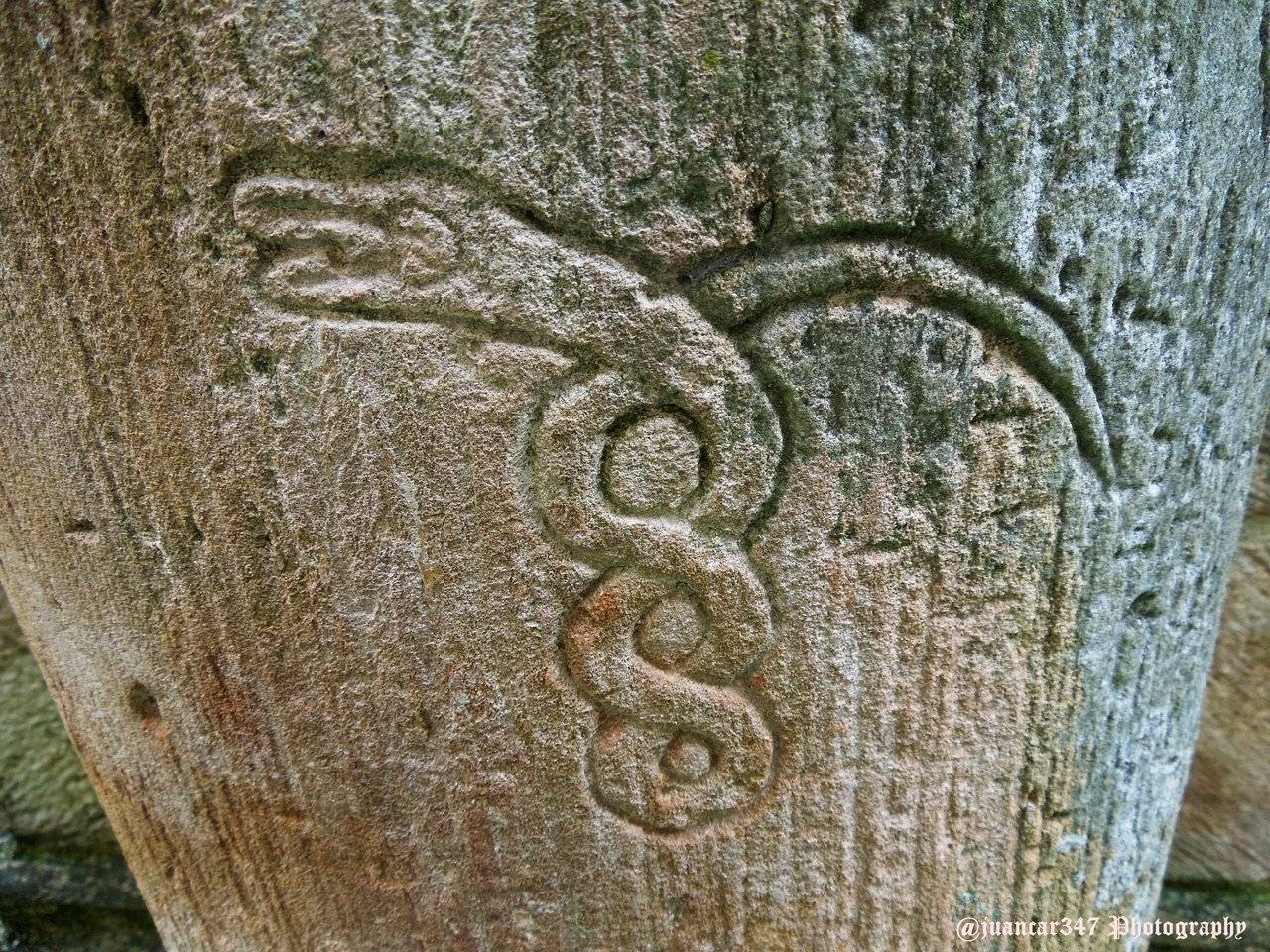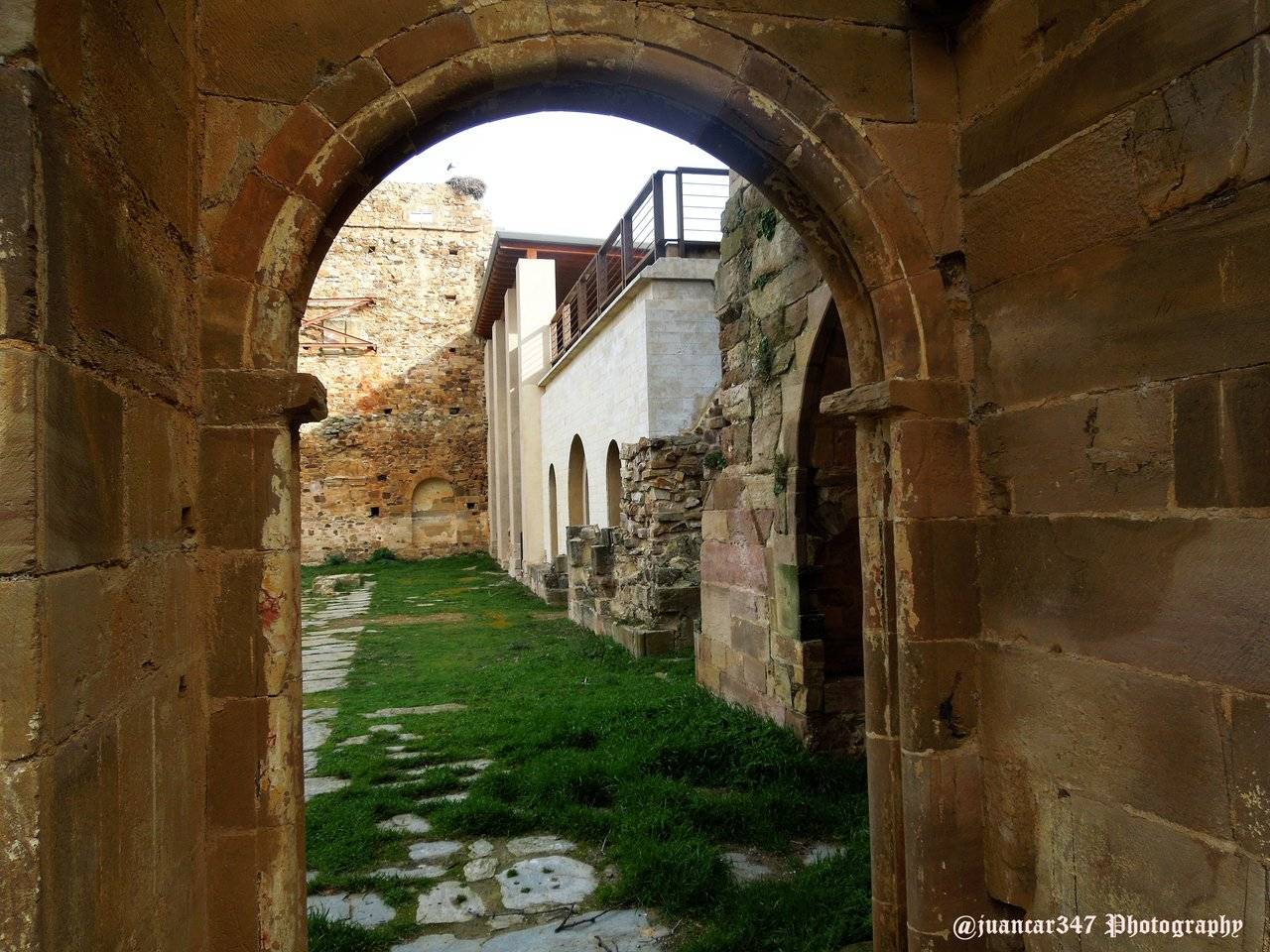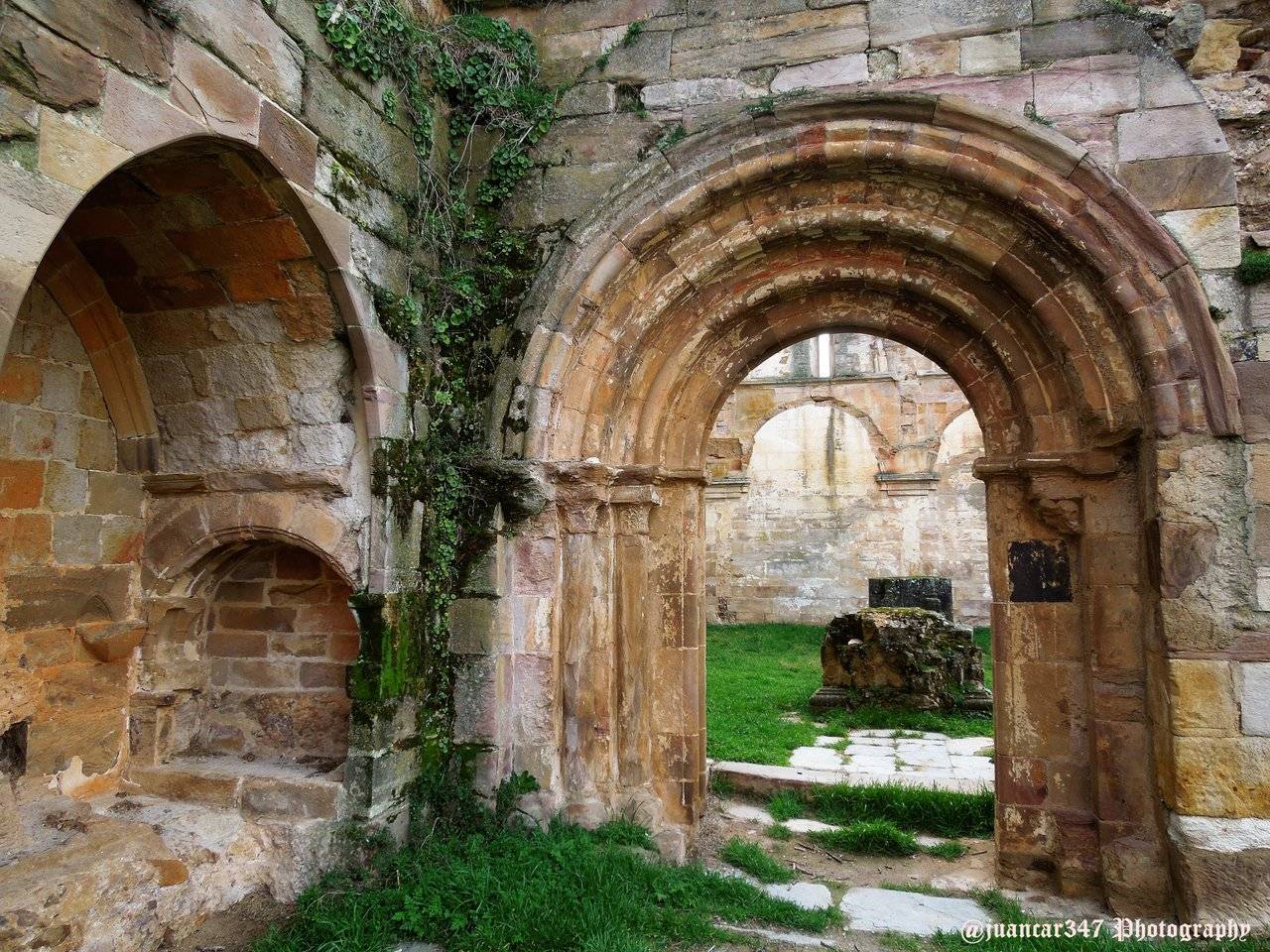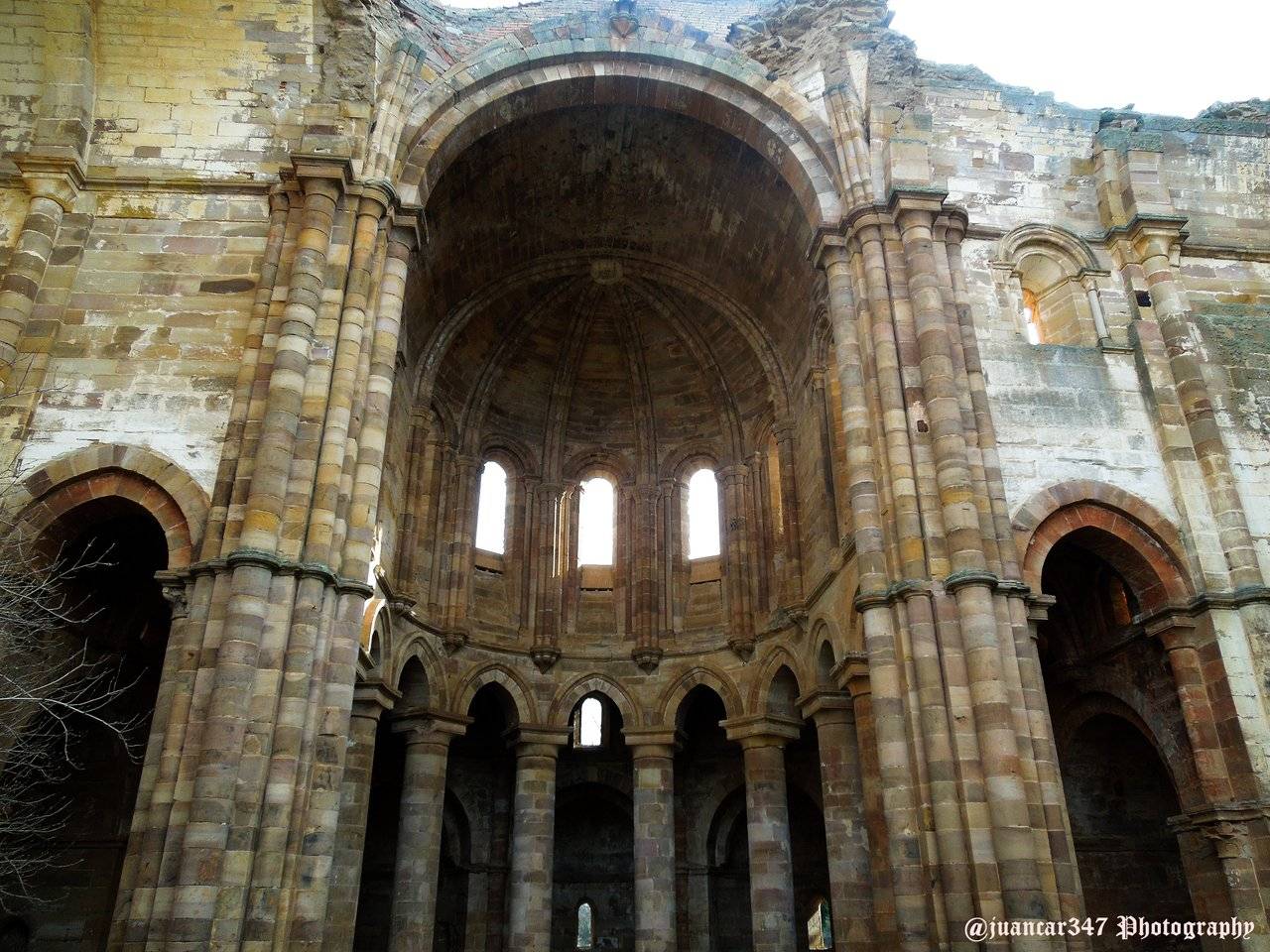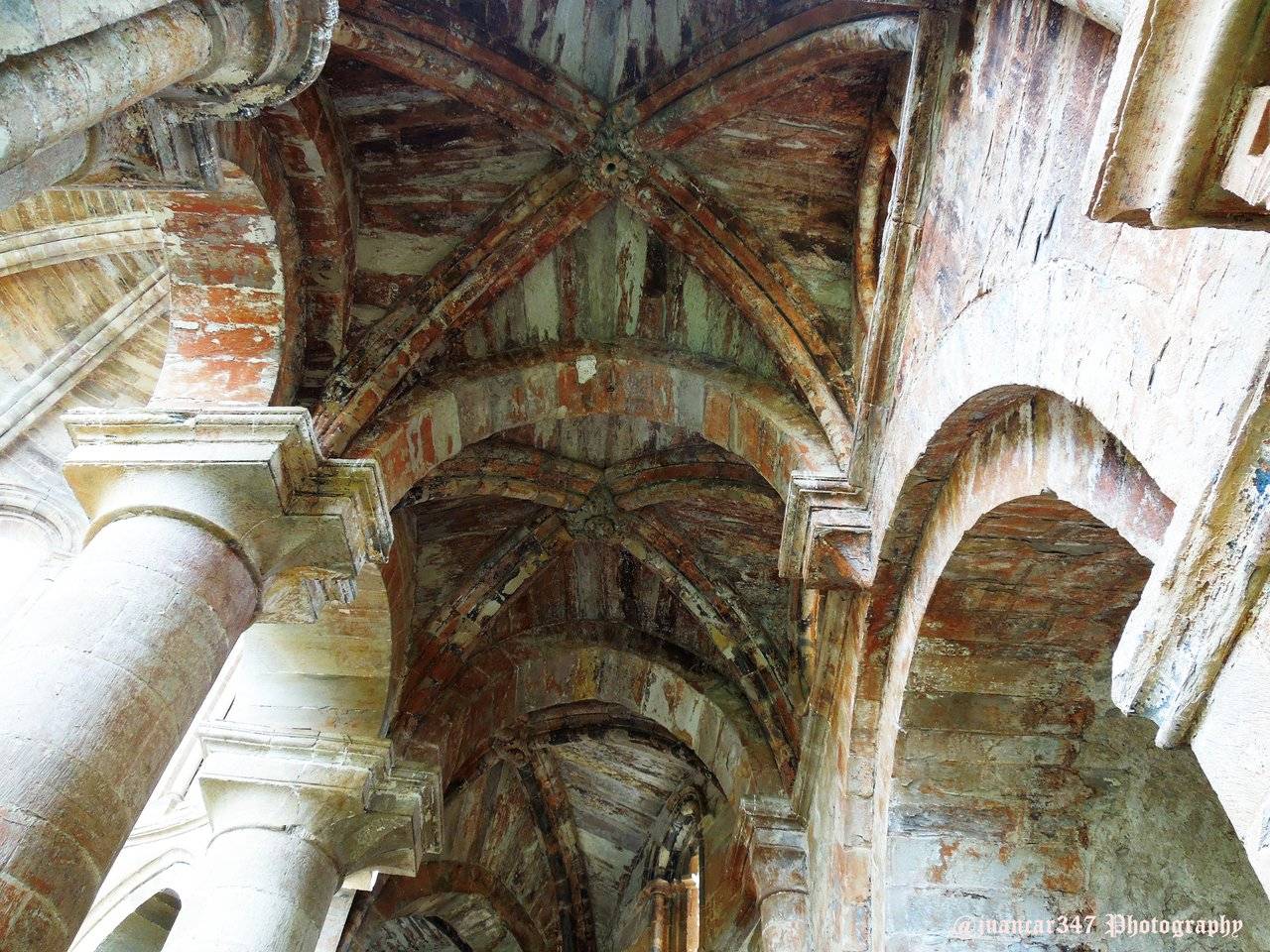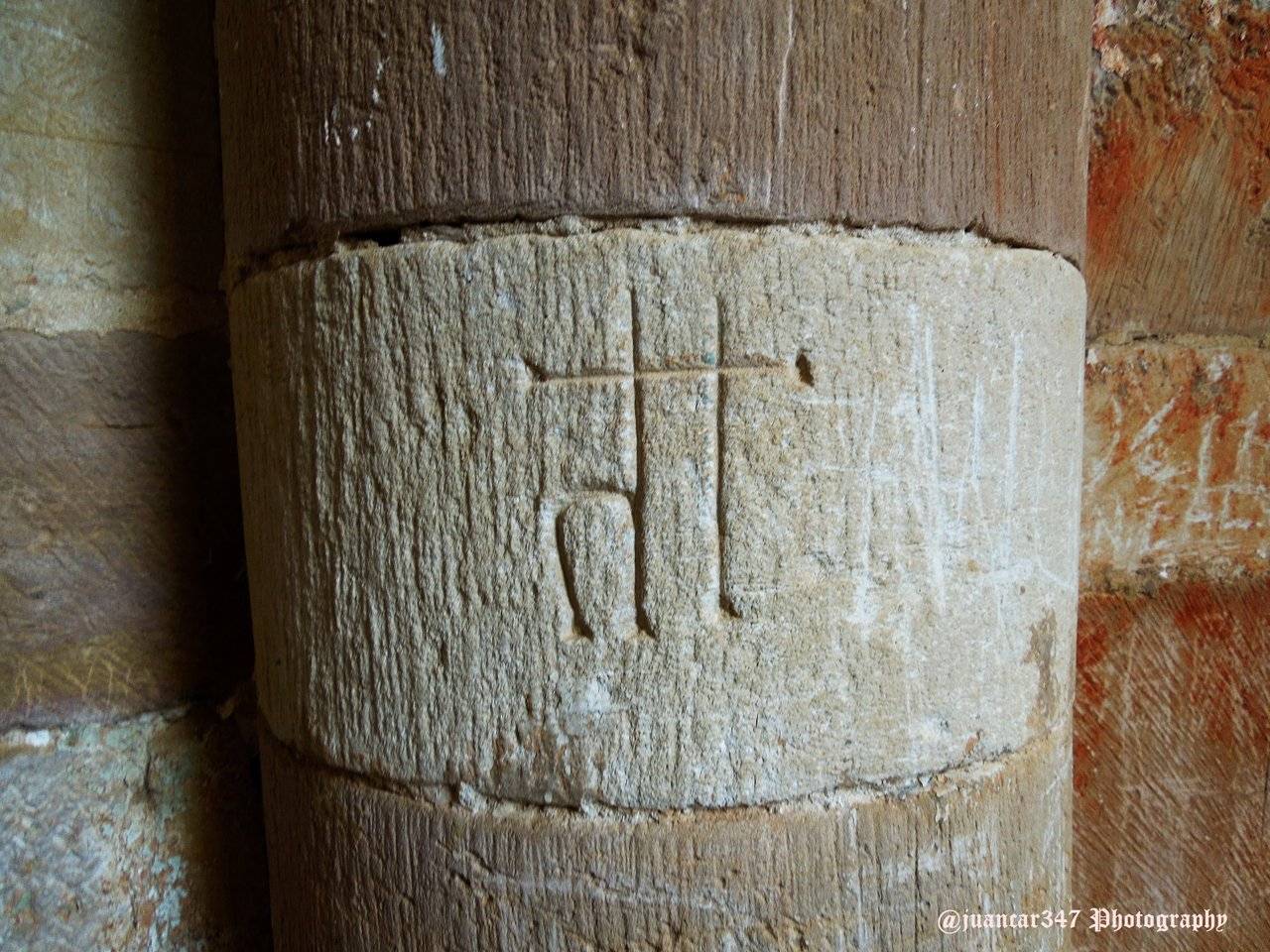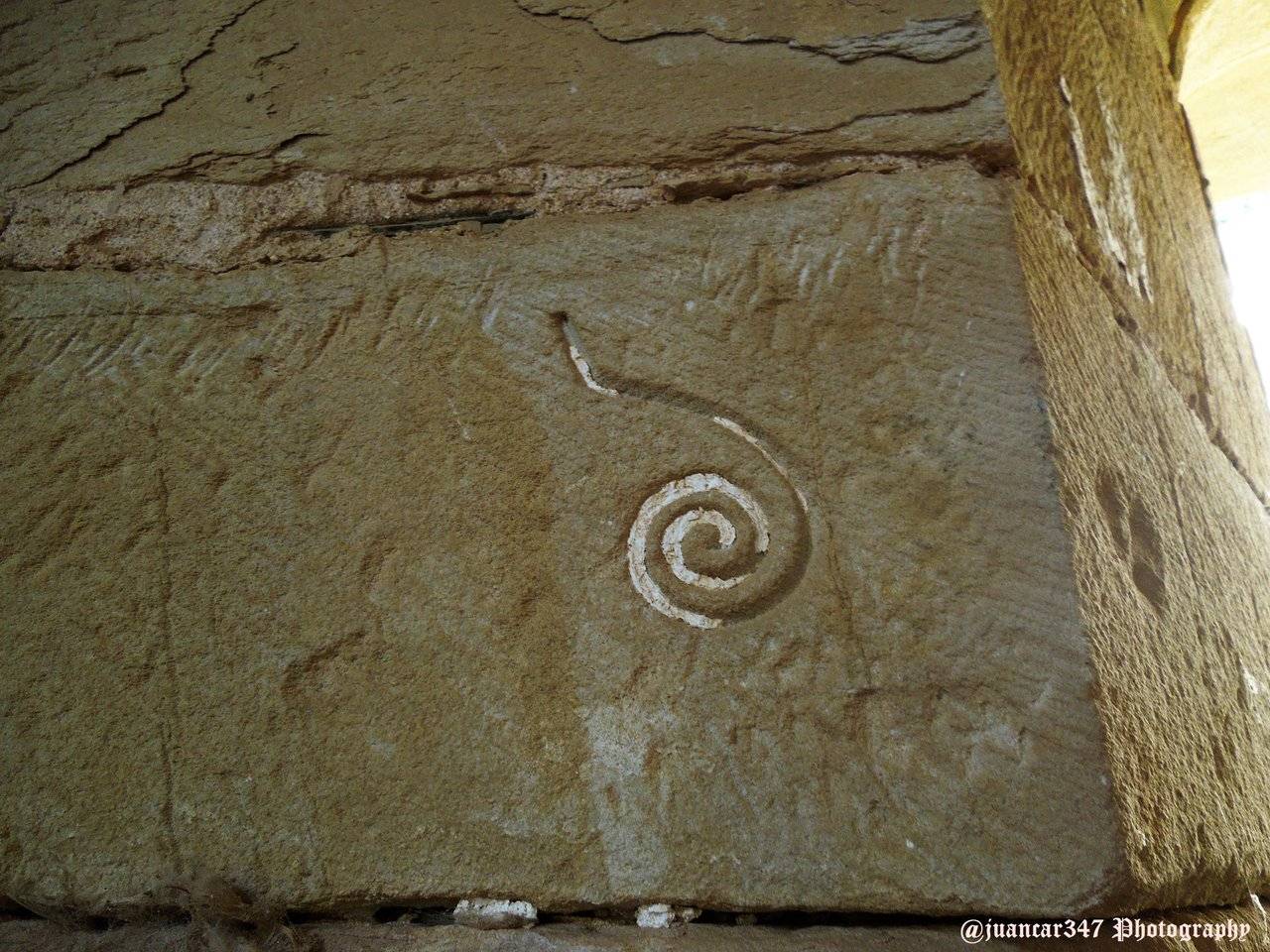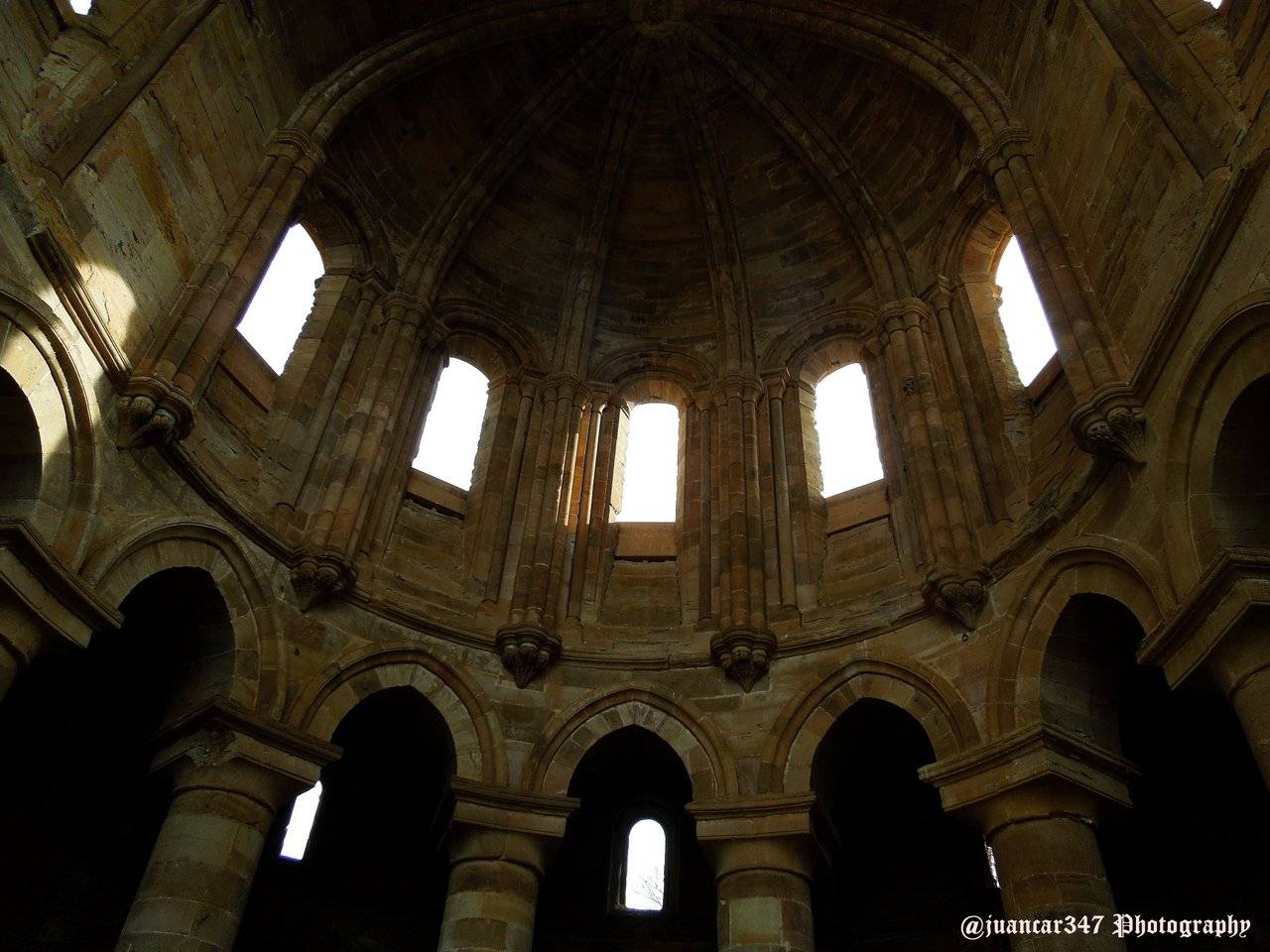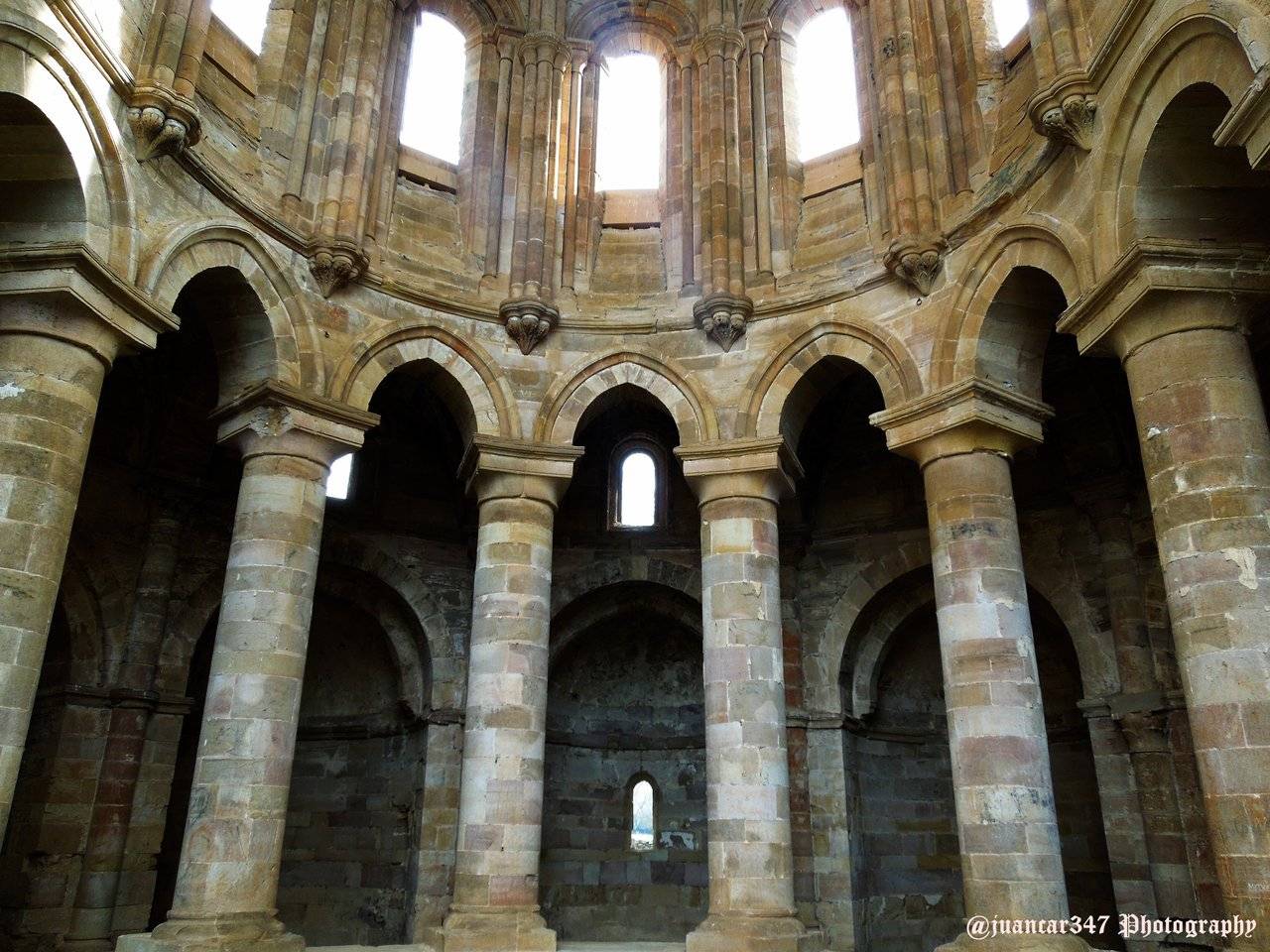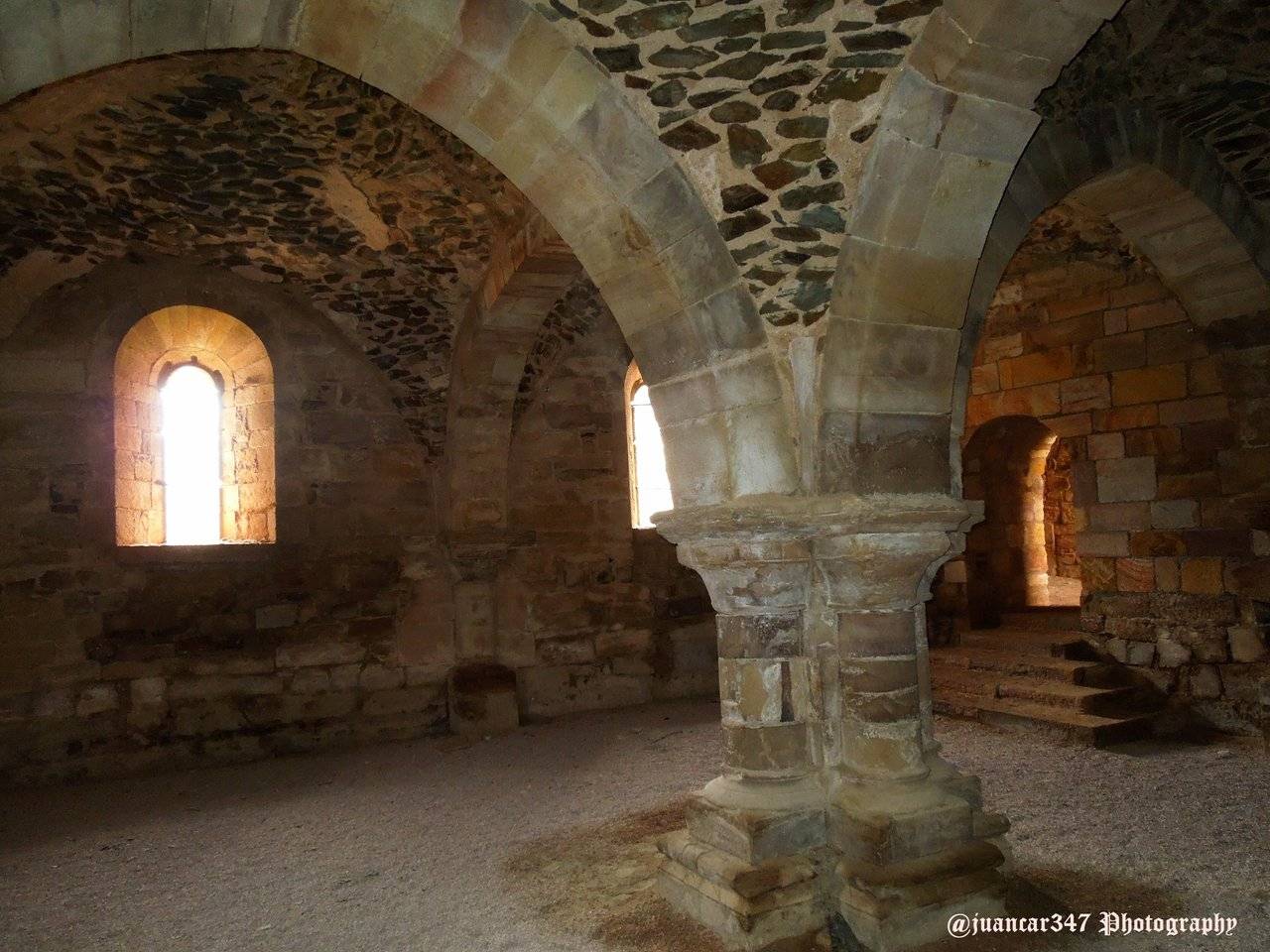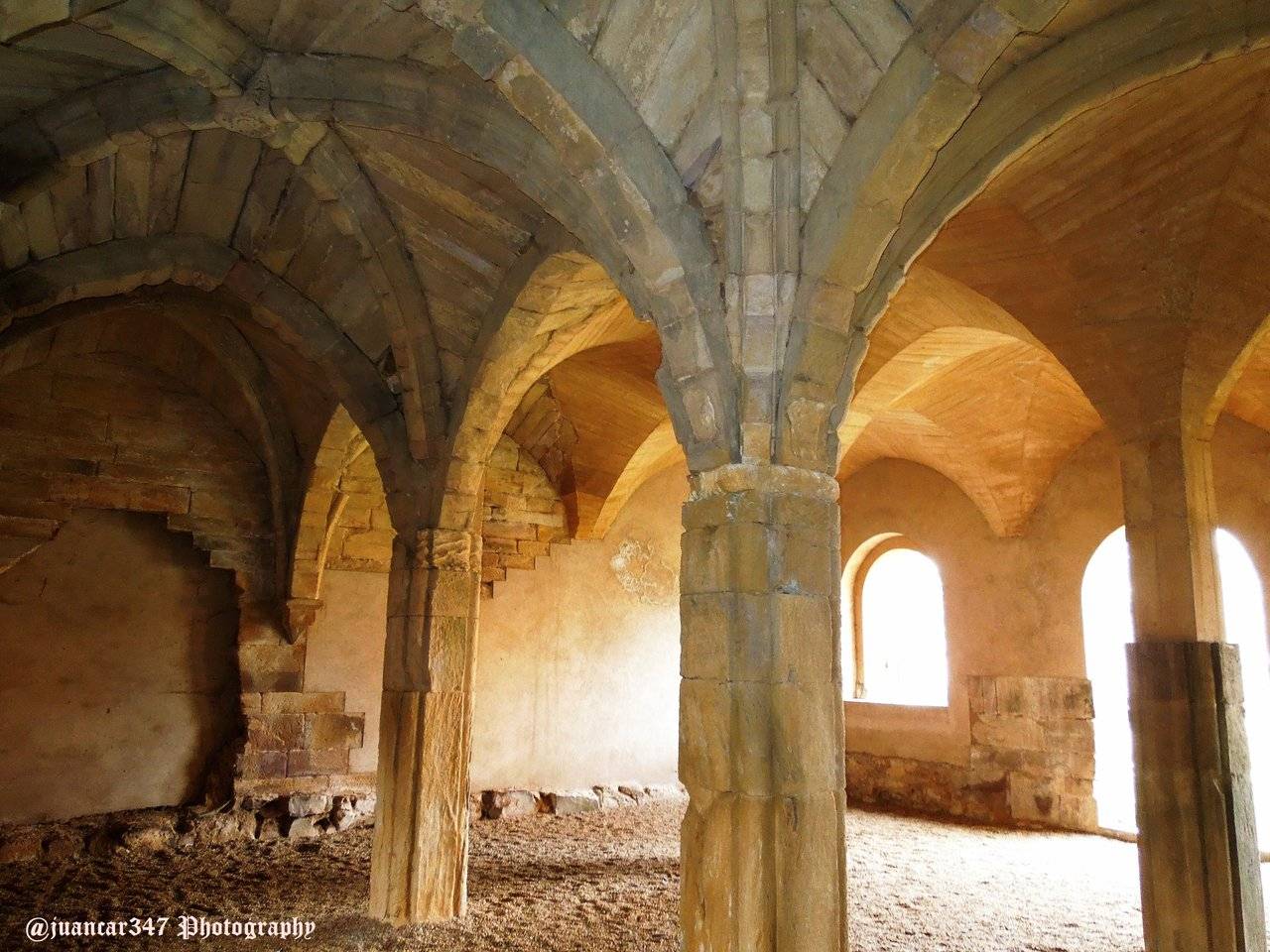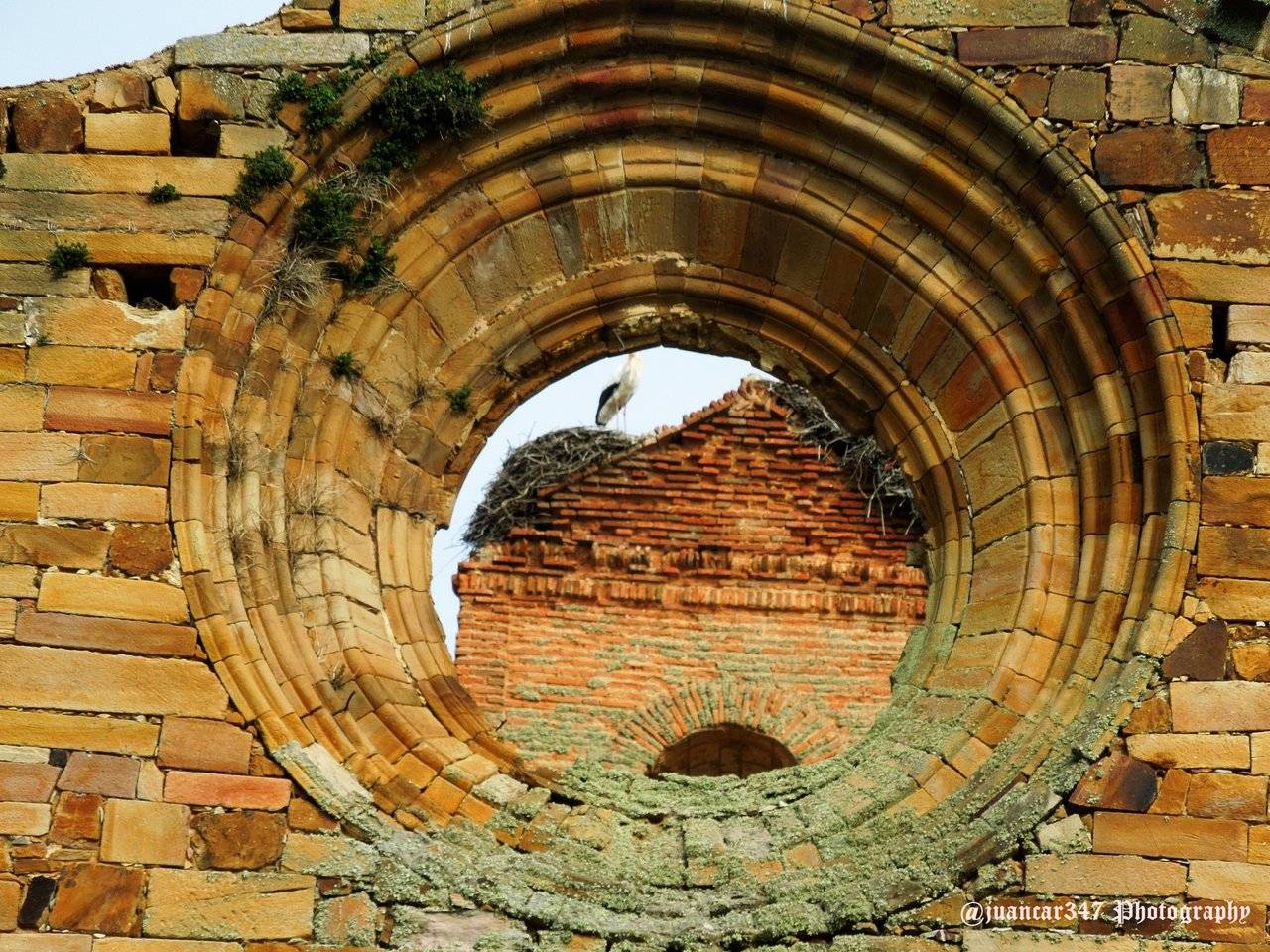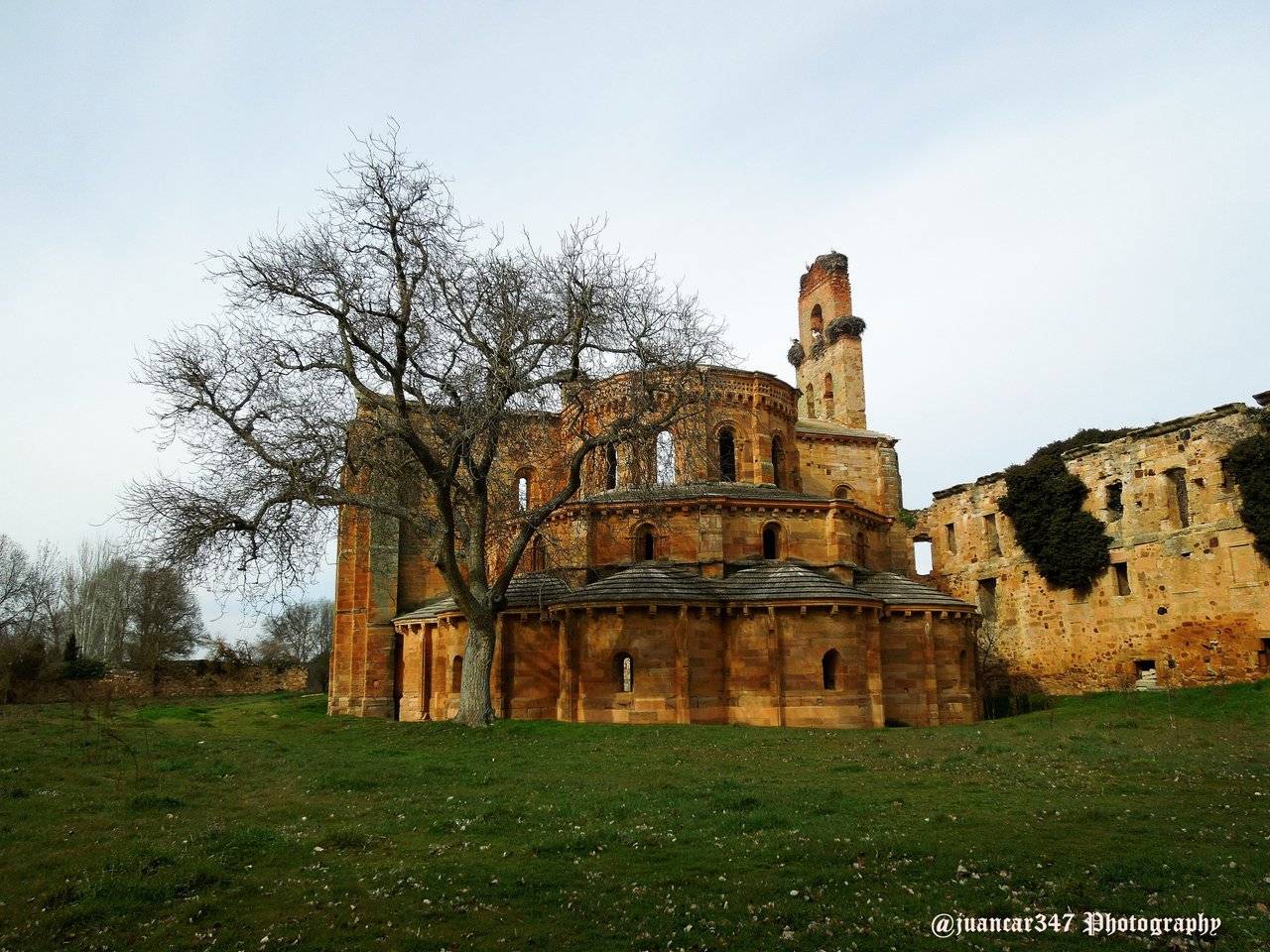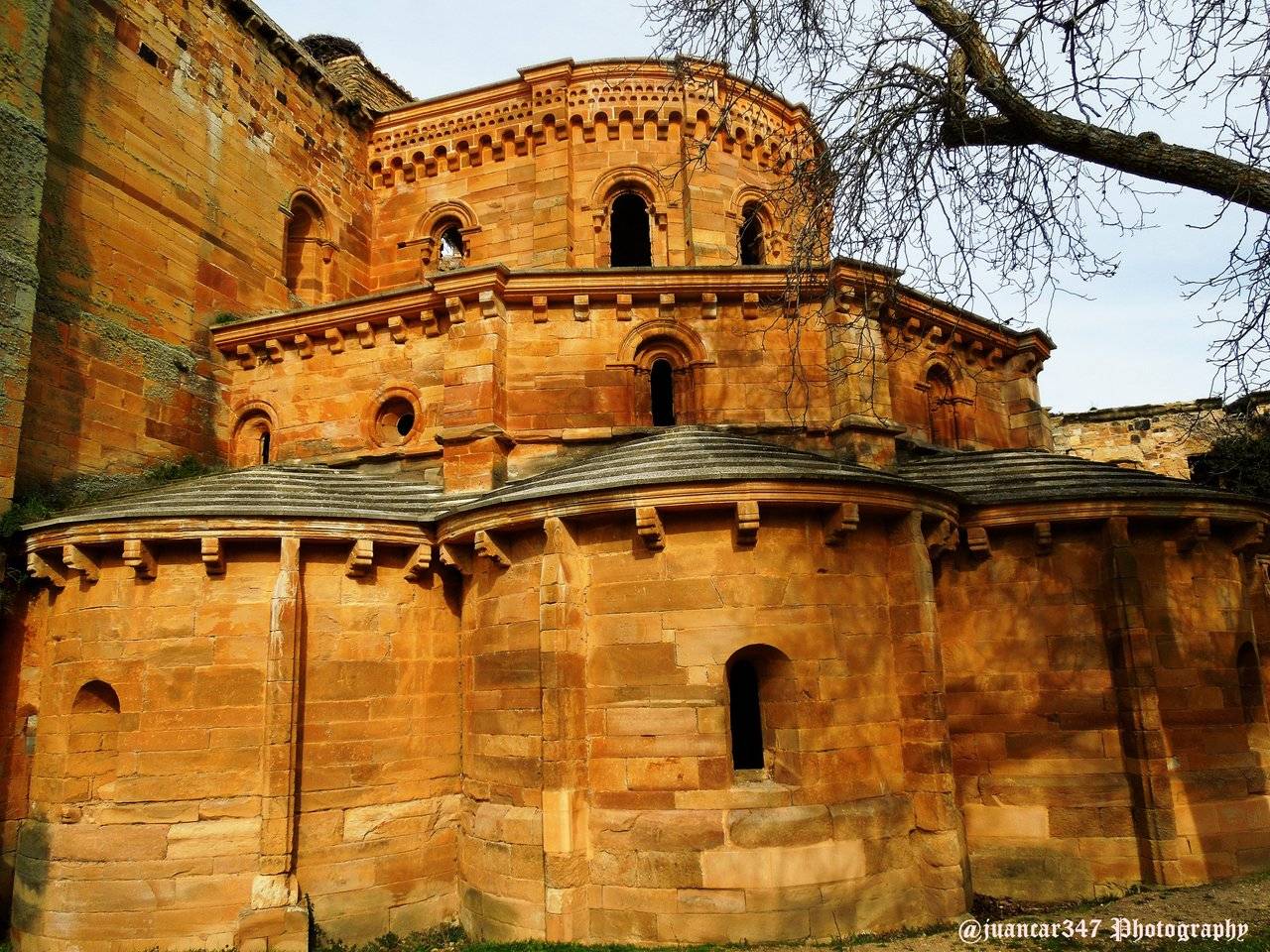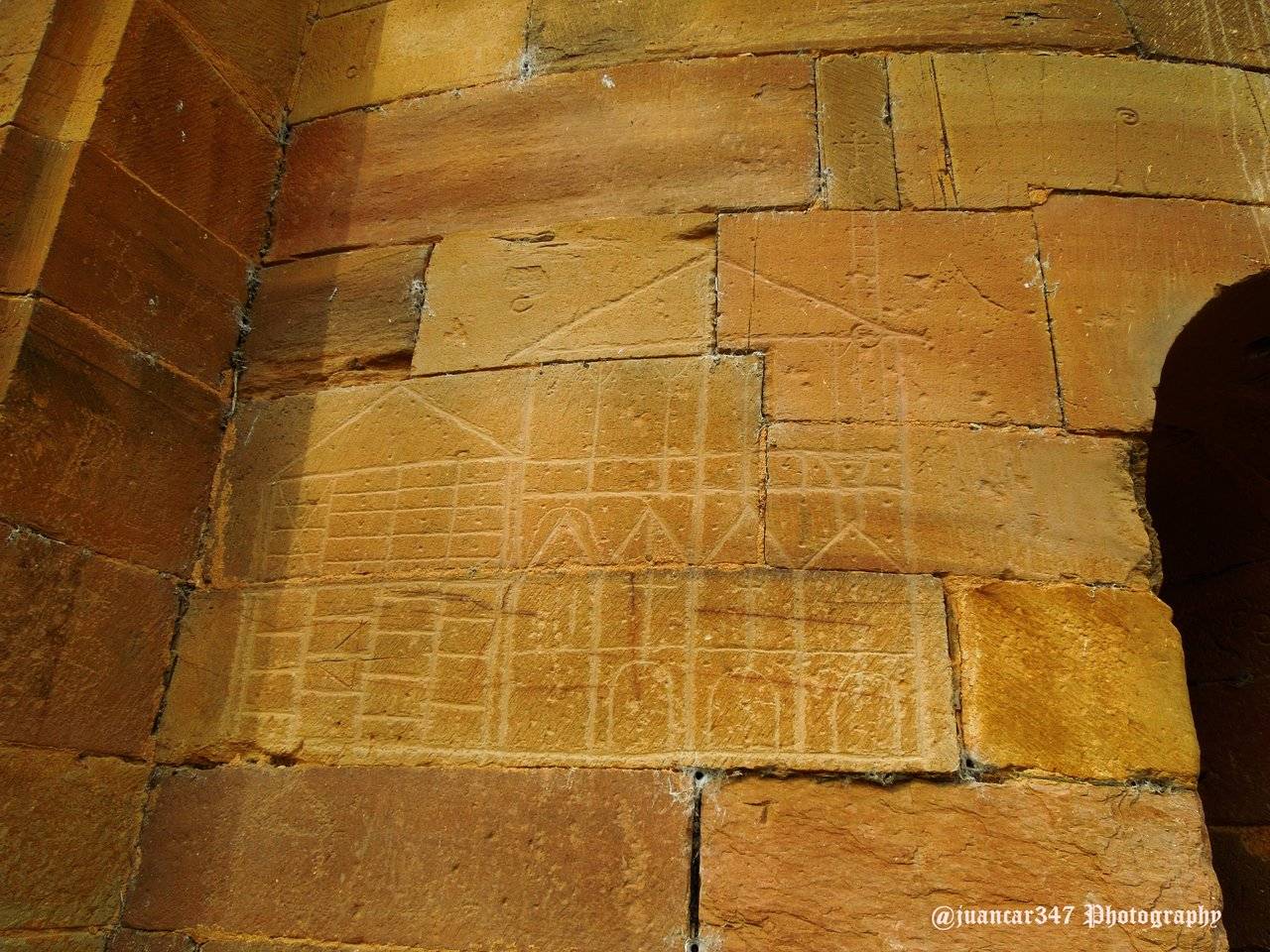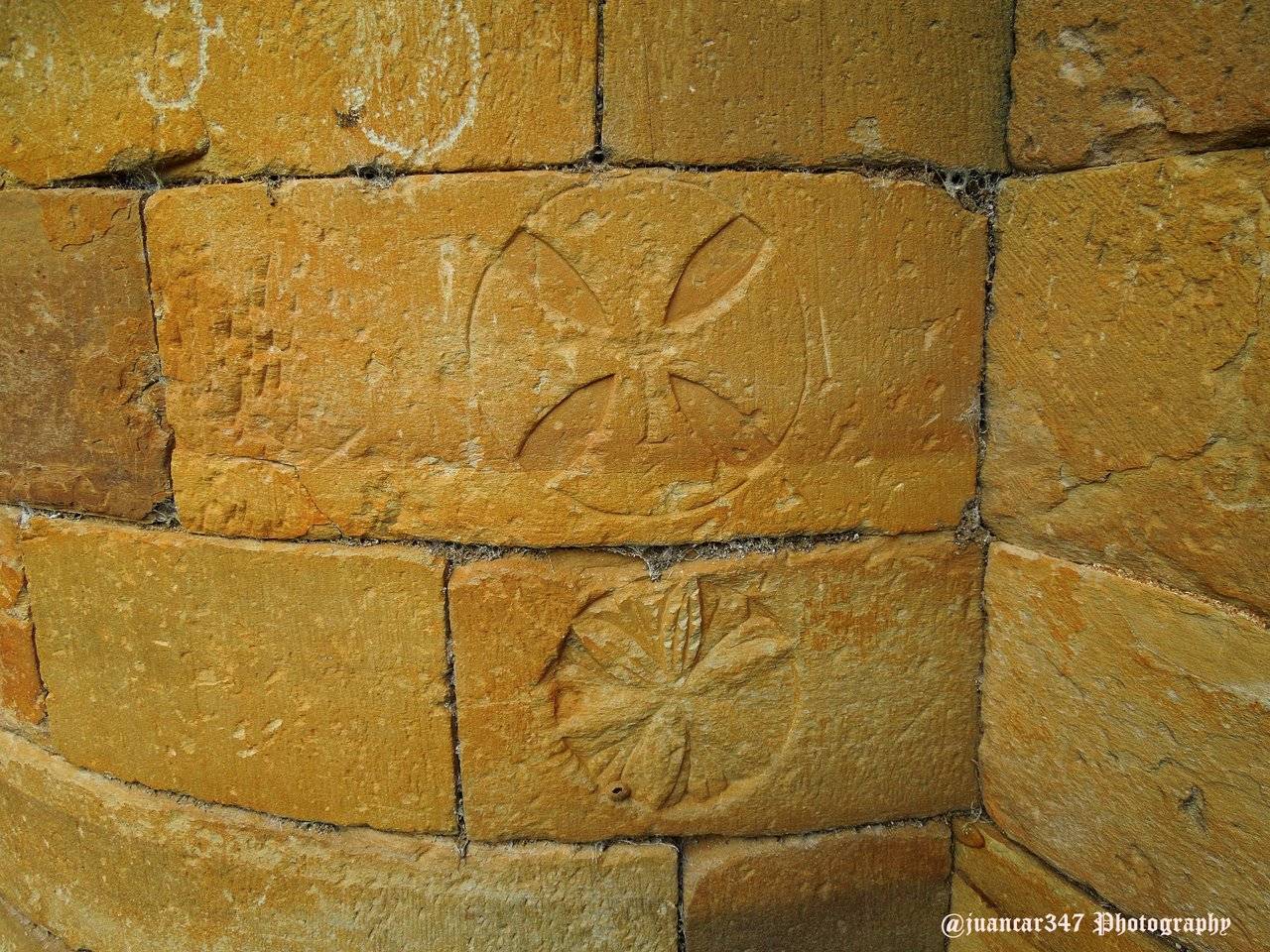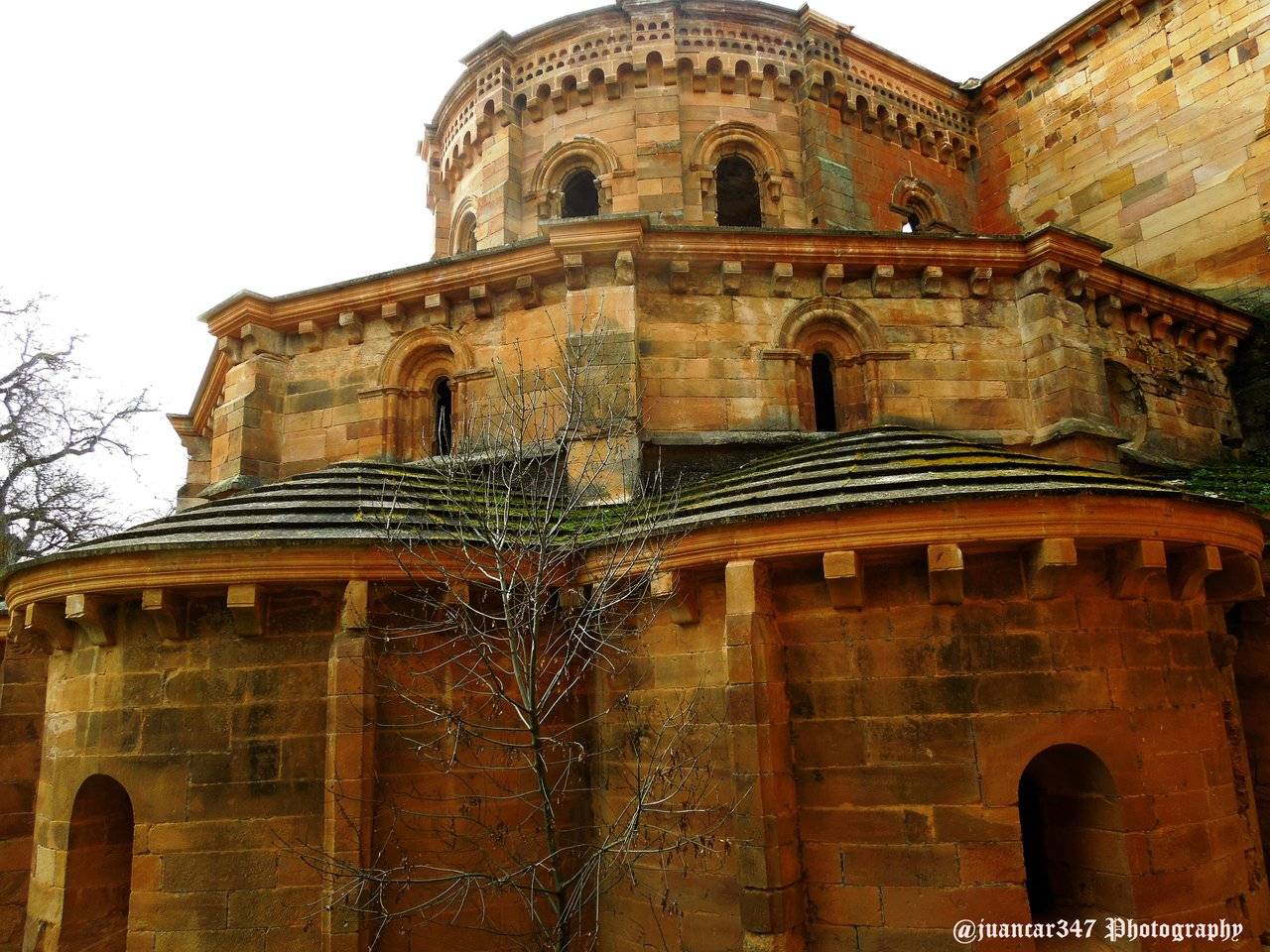'These signs have so far defied any attempt to decipher their meaning; The most we have about them are hypotheses, vague theories, assumptions and hunches. Because these marks are, in a broad sense, the signature that the builders' guilds put on all the works made by them according to the sacred art transmitted through tradition. To say more is to exercise the pleasure of speculation. ' (1)
The pleasure of speculation. Reading these words through the wise pen of a dear friend and teacher, as is Rafael Alarcón Herrera, does not cease to be, for a free spirit, a welcome invitation to reveal, with absolute freedom and without prejudice, the right staff that we have to get involved in that universe of sensations that surrounds us and catches us when we are faced with something that we know in advance that surpasses us, but that we face with that suicidal courage that, even at the risk of making a fool of ourselves, encourages us to continue in our efforts, restless as we are before some official explanations that seem decidedly short and insufficient.
When one is confronted with the great epigraphic enigma that underlies a place like this monastery of Santa María de Moreruela, he knows in advance that the old topic was that they were brands that were put, only and exclusively so that the stonemason could charge his day wage depending on the number of placed ashlars, is not, but, an excuse too simple not to recognize openly the little dedication that has been devoted to the subject and the degree of ignorance that exists at all levels.
Certainly there are more or less competent studies and classifications worthy of consideration. But both tend to move away from the true nature of the issue, diverting attention to the guilds in general, their nature and composition, away from the thorny, not to say ungrateful point directly aimed at the target of the symbol.
What does that particular symbol mean and why was it used by a guild in question? Why did each guild have its symbol in particular and what hermetic wisdom was hidden behind it?
Could it be, for example, the synthesis of the specialization of each guild, the one that determined that this and not another guild, is the one that was able to lift a certain part of the building ?. Perhaps this is where the great enigma begins.
It is considered this monastery of Santa María de Moreruela, as the first or one of the first that raised the Císter in Hispanic land, estimating its antecedents, at the end of the 11th century and the beginning of the 12th century. It rises, in a fertile valley in that part of the lost kingdom of Asturias that, according to Julio Llamazares (2) and literarily speaking, is the province of Zamora, and it is distant from the capital, about fifteen kilometers, approximately.
Zamora, the city twice ravaged by the Arabs and a city where Romanesque spread with such vehemence, that it would take days to visit with a comfortable perspective each and every one of the Romanesque churches that, with greater or lesser integrity, still maintain They build their foundations, provoking, in a few cases, the admiration of the visitor.
In fact, lost in the rest of the Peninsula and also, apparently, in France, where it had its origin, is the wonderful shape of its head, highlighting its five small apses, whose contemplation, is, in itself, an authentic delight. That the sadly famous Confiscation of Mendizábal supposed a mortal blow for the destiny of this marvel of the Sacred Art, nobody puts in doubt.
Nor is the brazenness and laziness with which a place was subsequently lost, whose conservation, in my view, would have meant, at least, the gratification of being considered one of the wonders of the West. And even so, getting to Moreruela, walking through its ruins and letting itself be carried away by the whispers of its rich and mysterious past, is an adventure that is hard to forget.
It draws attention, both for its brightness and for the fact that its presence does not stop being a sign that winter is coming to an end, the uniqueness with which the storks have raised their nests in the most unlikely places, except for its ancestral custom of nesting on belfries and bell towers.
In a symbolic way, any stranger who walks between the ruined walls of the monastery and not too late in getting carried away by the sympathetic magic that entails the vision of the numerous and stylized marks that the stonecutters left engraved for a posterity that has lost the ability to feel the language of the symbols, may reach the conclusion that these beneficial birds remain vigilant and lurking, perhaps nervous - especially when they clash their beaks, causing that familiar sound of crossing sticks, to name it in some way, that still survives in the traditional dances of some Spanish towns- that the snakes that dwell in the memory, can free themselves from their prison of the stone and raise their heads, proclaiming an ancient heresy.
It is a literary metaphor, of course, but along with the more or less stylized serpentine forms that one encounters, there are also marks with bird heads engraved on the stone - another place where these bird heads appear, it is also in the Cistercian monastery of Veruela, in Vera de Moncayo, in one of whose cells, the great poet Gustavo Adolfo Bécquer wrote his famous Letters, which remind him of the antagonism present between two creatures of well-differentiated nature: air and land. Some, keepers of celestial secrets and others, on the contrary, custodians of earthly secrets.
It is also curious, on the other hand, that the more stylized form of snake, that similar to the caduceus of Hermes, is located in well-defined places of capital importance within the architectural ensemble: the huge bases that supported the colossal columns on the that supported the framework of the roof of the nave of the building.
Also in the bases, there is another form that refers to another type of bird well known in most Romanesque buildings that mark the Camino de Santiago (3): the leg of goose. Sometimes, the symbol is also seen forming part of a cross, indicating its influence, or the influence of the guild, towards the four cardinal points, as if in a veiled form, the stonemason was telling us that his itinerant work is developing or It has developed throughout the country.
From this point, and how significant or not this detail seems to us, it is in the side walls that are still standing, where the marks succeed each other in portentous numbers. But in spite of their rarity, in some cases, they do not generally possess the graphic quality displayed in the aforementioned snake-caduceus.
They do resemble, in many cases, the shape of a crosier or coiled serpent, which vary considerably, in the sense that some are provided with forked tongues; others have been added a small crossbar near the tip, to resemble the shape of a cross, and there are still those in which the number of spirals varies.
It can be assumed, as a hypothesis, that within the guild, let's say serpent, to understand each other, that he worked in this part of the monastery, the work developed by Magister Muri or head of the guild and the one developed by the masons could be established in this way. apprentices who made up his gang.
Along with these serpentine marks, whose presence is also detected at the head of the church, another different type of brands can be seen. Some, resembling antennas sprouting from an inverted tau cross and others, much more curious, that remember, despite their cruciferous form, the ancient Mesopotamian epigrams.
It is at this point, at the top of the transept, where one wonders, how the military orders were related to the monastery, since there, painted, they recognize, at least, the cross that distinguished two of them: that of Montesa and the Temple.
Intriguing results, on the other hand, to go through the outer spaces of the monastery, and find three crosses kicked solidly engraved in the ashlars and one of them, the central one, of considerable proportions. These are located, which increases even more if possible, the intrigue, very close to a tomb carved into the wall, whose front, deeply engraved in one of the ashlars, surprises the vision of a strange mark, shaped like a brooch or double ax.
Are we, perhaps, in front of the sepulcher of a Templar knight? Maybe a gentleman of certain relevance within the Order ?. Even the grave of one of the stonemasons who worked for them? It could be.
The question, since the type of cross pate does not seem alien to the funeral steles found in the monastery, would be able to observe the lauda that covered the tomb to try to find out something else. But I am afraid, that this is impossible and that this lauda has long disappeared.
The marks occur in the ashlars of each and every one of the small absidiolos of the head. And also, the solar motifs on the capitals. But a curious detail is that which is located in the first of the absidiolos, the one on the left. Where, possibly the Magister Muri or one of the Magister Muri left a plan of the building designed.
These are just part of the impressions that anyone who one day decides to shop around for such an extraordinary place can experience. And yet, I would be lying if I said that, after all, visiting Moreruela made me wiser. I'm sure not, but I think it did make me less indifferent to the challenges it poses and open to the large number of possibilities it suggests.
Notes, References and Bibliography:
(1) Rafael Alarcón Herrera: 'The enigma of the lapidary signs', Year Zero Magazine, Year III, No. 11, November 1992, pages 64 to 69.
(2) Julio Llamazares: 'The stone roses', Santillana Ediciones Generales, S.L., 2008.
(3) Do not forget, that this monastery of Santa María de Moreruela is also located within the Jacobean route known as Camino or Vía de la Plata
NOTICE: Originally published in my blog AFTER THE FOOTPRINTS OF THE MEDIEVAL QUARTERS, under the title of Under the sign of the snake: stonemasons of Moreruela. Both the text and the photographs that accompany it are my exclusive intellectual property. The original entry, where you can check the authorship of juancar347, can be found at the following address: https://canterosmedievales.blogspot.com/2013/02/bajo-el-simbolo-de-la-serpiente.html
Te invito a conocer el mundo del que estoy enamorado.
Image © juancar347. All Rights Reserved.
Original content by @juancar347
Discord
juancar347#4046
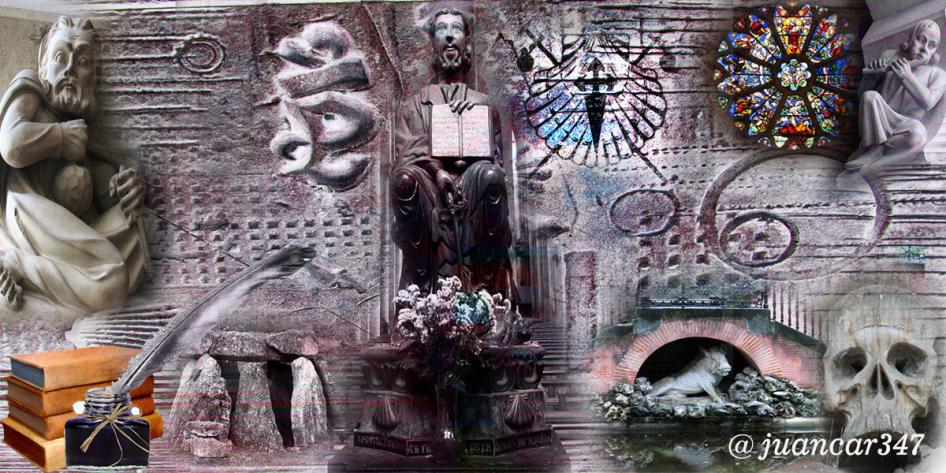
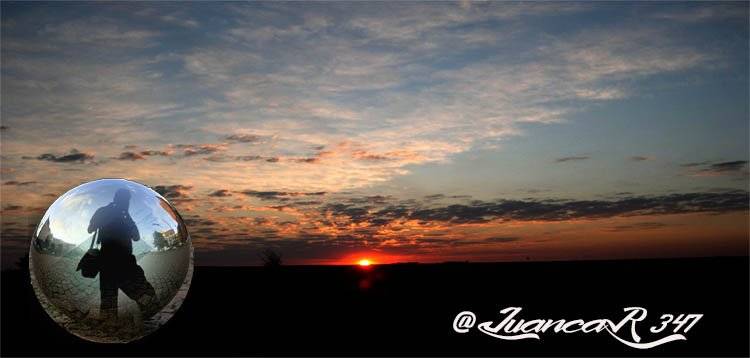
[Martial, latin poet]
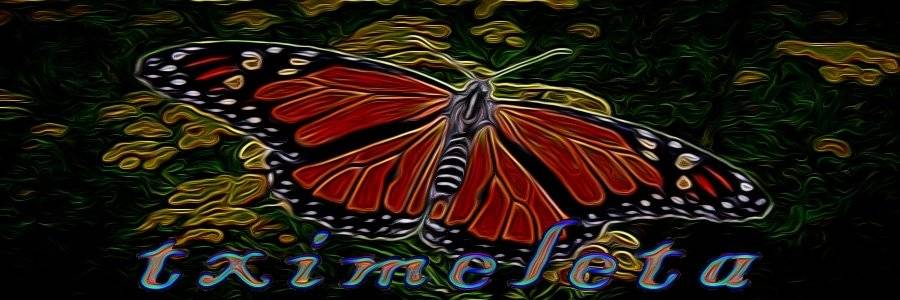
Toca la imagen y participa.
Diviértete y disfruta.
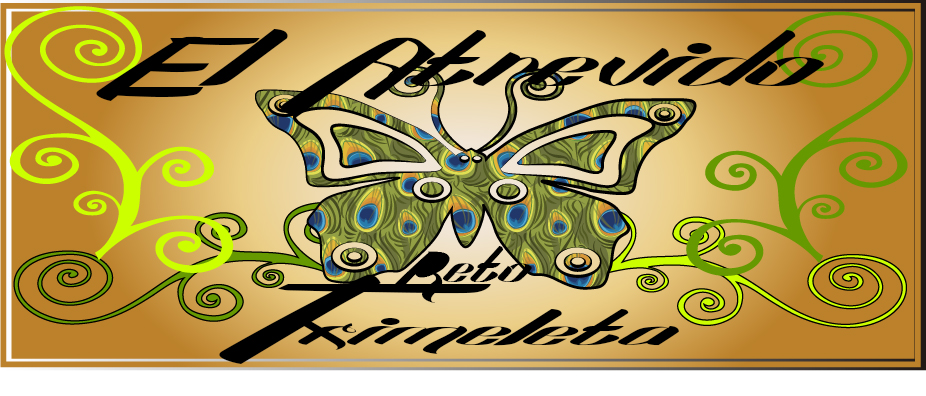
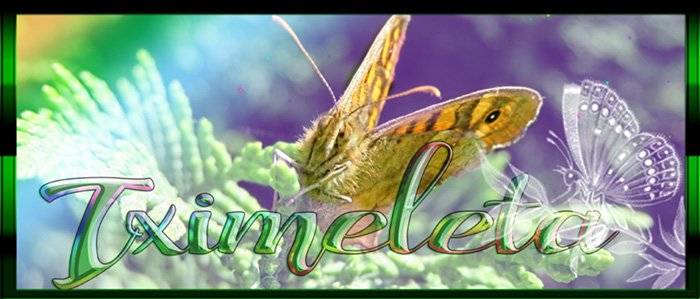
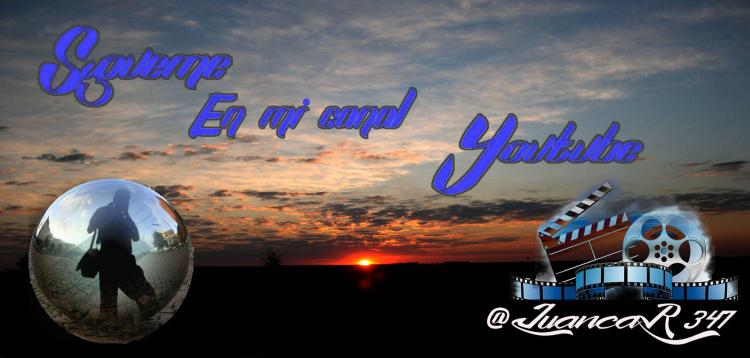
Travel Resources for your trip to Spain
Recommended by TravelFeed
Flights: We recommend checking Kiwi.com to find the best and cheapest flights to Spain.
Accomodation: Explore the best places to stay in Spain on Booking.com, Agoda and Hostelworld.
Travel Insurance: Medical emergencies abroad can be pricey, but travel health insurance is not. We always use SafetyWing for affordable and reliable coverage.
Car Rental: For hassle-free car hiring, DiscoverCars is our trusted choice with a wide selection of vehicles.
Internet: Got an eSIM compatible phone? Airalo is perfect for reliable internet access during your trip. Just install it before you go, and you're set!
Day Trips & Tours: We recommend GetYourGuide for a variety of well-organized and enjoyable activities.
Travel Planner: Need a hand planning? Our free travel planner chatbot is your personal guide to Spain. Chat now.
Disclosure: Posts on TravelFeed may contain affiliate links. See affiliate disclosure.
